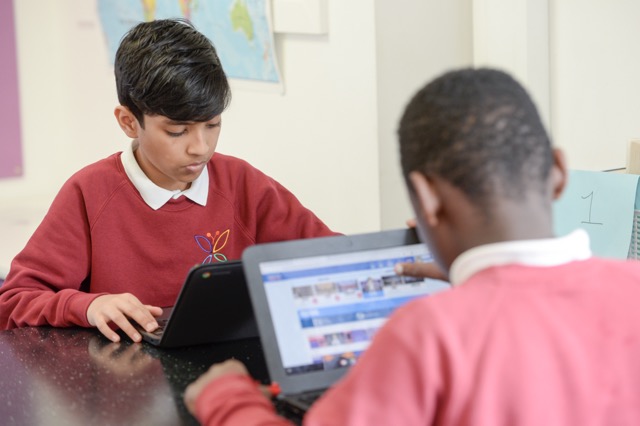By Scott McHale
In today’s ever shifting educational landscape, technology has become a crucial part of teaching and learning, offering endless possibilities for engaging students and supporting their diverse needs. With thousands of devices out there, it can be hard to pick out one that is best suited to the needs of the children. Amongst these devices, Chromebooks have emerged as stalwart.
The rise of the Chromebooks
There are many reasons why Chromebooks have gained popularity within educational settings. First, they are affordable. This makes them accessible to schools with varying budgets, enabling more students to benefit from technology-enhanced learning experiences. Second, they come with a free and easy to use education suite. This, along with a long battery life, makes them ideal for the classroom environment. For a lot of schools, they were the best choice when being offered supporting devices during Covid and their reliability and functionality has kept them as a firm favourite in schools. To fully harness the potential of Chromebooks in supporting learners, it is essential for teachers to integrate them seamlessly into the primary curriculum. In my first blog, I talked about the SAMR model of learning, working from substitution to redefining your curriculum using technology. What better use of technology than to redefine the curriculum for our most vulnerable learners!
Supporting Learners with Special Educational Needs
One of the most remarkable aspects of Chromebooks is their ability to cater to the diverse needs of students, including those with SEN. Chromebooks offer a wide array of accessibility features that can be tailored to meet the specific requirements of individual learners. For students with visual impairments, Chromebooks offer screen reader capabilities and magnification tools to ensure access to digital content. Similarly, students with dyslexia or other reading difficulties can benefit from text-to-speech functionality and customizable fonts to enhance comprehension and fluency. These are both tools I use in my classroom on a regular basis and have even formed the backbone of some of my SEND plans.
Empowering EAL Students
In addition to supporting students with SEN, Chromebooks also offer valuable resources for learners with English as an Additional Language (EAL). For EAL students, Chromebooks provide access to a wealth of digital resources, including interactive language learning apps, bilingual dictionaries, and translation tools. One of the biggest supports for my EAL students has been the ability to use Learning Village, a programme designed to help develop the English language.
In conclusion, Chromebooks offer huge potential for enhancing and supporting within Primary and Secondary education. From students with special educational needs to those with English as an Additional Language, Chromebooks provide a wealth of accessibility features, educational applications, and digital resources that can enrich the learning experiences.













